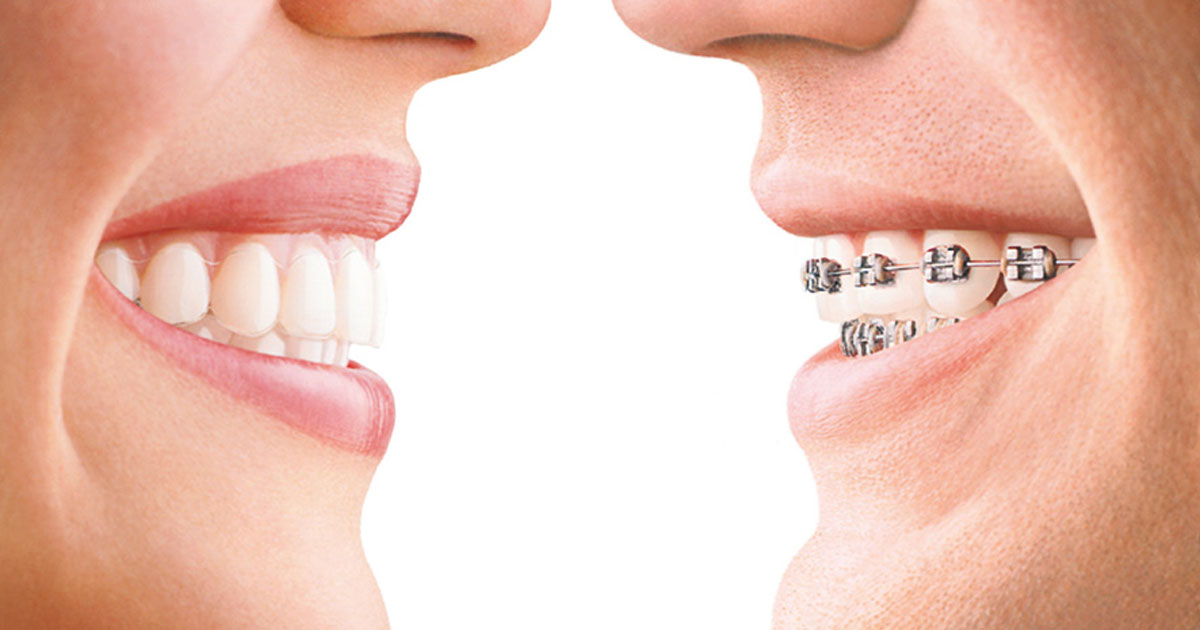
We’ve all been told from a very young age the importance of brushing your teeth twice a day and flossing those pearly whites to ensure a happy and healthy smile, but oftentimes our dental journey goes beyond this. If an individual, at any stage of life, wants to correct a structural issue that’s bothering them or perhaps simply wants to straighten their smile, they will need to learn about the many options and treatments that are now available in this area.
This is where the specialist orthodontist comes in.
We all know someone who has worn braces at some point in their life – or perhaps you’ve experienced it first-hand – but for those considering orthodontic treatment for the first time, there may be some facts about the process that will surprise you. Time to dispel old-fashioned perceptions and open your eyes to the possibilities of modern orthodontics; here are five fascinating facts about braces for you to chew on!
Children as young as seven can now be assessed for braces
Traditionally in the past, orthodontists would have advised parents to wait until their child’s baby teeth had fallen out, which would have been at about 13 or 14 years of age. Nowadays, thanks to modern teaching and modern standards, there are a number of things that can be done at a much younger age, which can either eliminate the need for later orthodontic treatment or at the very least, make any further treatment a lot easier and more effective.
“If a parent has any concerns about the development of a child’s teeth, I would recommend they bring them in for an assessment around age seven,” says Dr Owen Crotty, Principal Specialist Orthodontist at Crotty Orthodontics. “There are newer versions of Invisalign in particular, which are designed for young children, so there are a lot of issues you can deal with at that age. It doesn’t mean they won’t benefit from later treatment, but if they do require treatment at a later stage it will be a lot easier for them. For this reason, I would definitely recommend orthodontic intervention in the years before all the adult teeth have come through.”
Being ‘long in the tooth’ is a real thing!
You’ll often hear people reference being ‘long in the tooth’ when they’re talking about an older person and it may be a surprise to some to learn the reasoning behind this familiar phrase! Most of us lose a bit of gum little by little over the years, giving the appearance of ‘longer’ teeth. This needs to be taken into consideration by orthodontists when treating a more mature patient as they will have less support around the teeth and will therefore need a gentler, more selective treatment plan.
